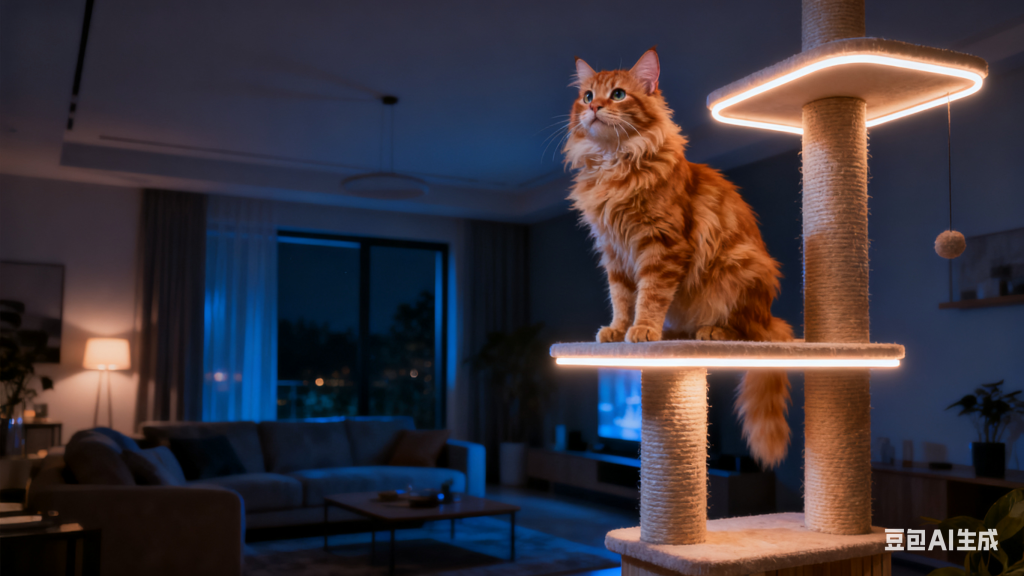Most cat owners have seen the standard store-bought cat tree: beige carpet, fuzzy platforms, and a dangling toy or two. But what if a cat tree could be more than just furniture? What if it could be an eco-friendly playground, a mental workout, and even a piece of home décor that you’re proud to show off?
The Science of Climbing
Cats are natural climbers. In the wild, vertical spaces keep them safe from predators, give them a better view of their surroundings, and provide an outlet for their energy. A well-designed cat tree isn’t just a luxury — it’s a mental health tool. Elevated platforms reduce stress by giving your cat a “safe zone” where it can observe its territory.

Materials with a Purpose
Forget particleboard and synthetic carpet. Try bamboo poles or untreated pine, which are light but strong, and environmentally friendly. Wrap climbing areas with sisal rope for natural scratching. You can even use recycled cardboard to create modular tunnels and steps — they’re cheap, replaceable, and cats love the texture.
A DIY Modular Design
Instead of one tall tower, consider a modular system that can grow with your cat’s needs:
- Base platform: Heavy wooden board for stability.
- Vertical poles: Secure with metal brackets — make them interchangeable so you can adjust height later.
- Levels & bridges: Use removable shelves, connected with rope bridges or fabric hammocks.
- Puzzle feeders: Integrate small treat-dispensing stations on higher platforms to encourage climbing and problem-solving.
This modular design makes it easy to refresh the setup every few months, preventing boredom and encouraging exercise.
Safety Comes First
Always check for wobbling — an unstable cat tree can scare your cat and discourage use. Sand all sharp edges and use pet-safe, non-toxic finishes. If you build tall structures, secure them to a wall for extra stability.
Make It Beautiful
Who says cat furniture has to clash with your living room? Paint the wooden parts in muted tones, or use patterned fabrics that match your home’s aesthetic. Add LED strip lights under platforms for a futuristic touch — bonus: cats love to chase light and shadows.
The Takeaway
A DIY cat tree isn’t just about saving money — it’s about creating a stimulating, safe, and stylish space for your cat. By combining sustainable materials, modular design, and a touch of creativity, you can turn a simple piece of pet furniture into a conversation starter that benefits both you and your feline friend.
